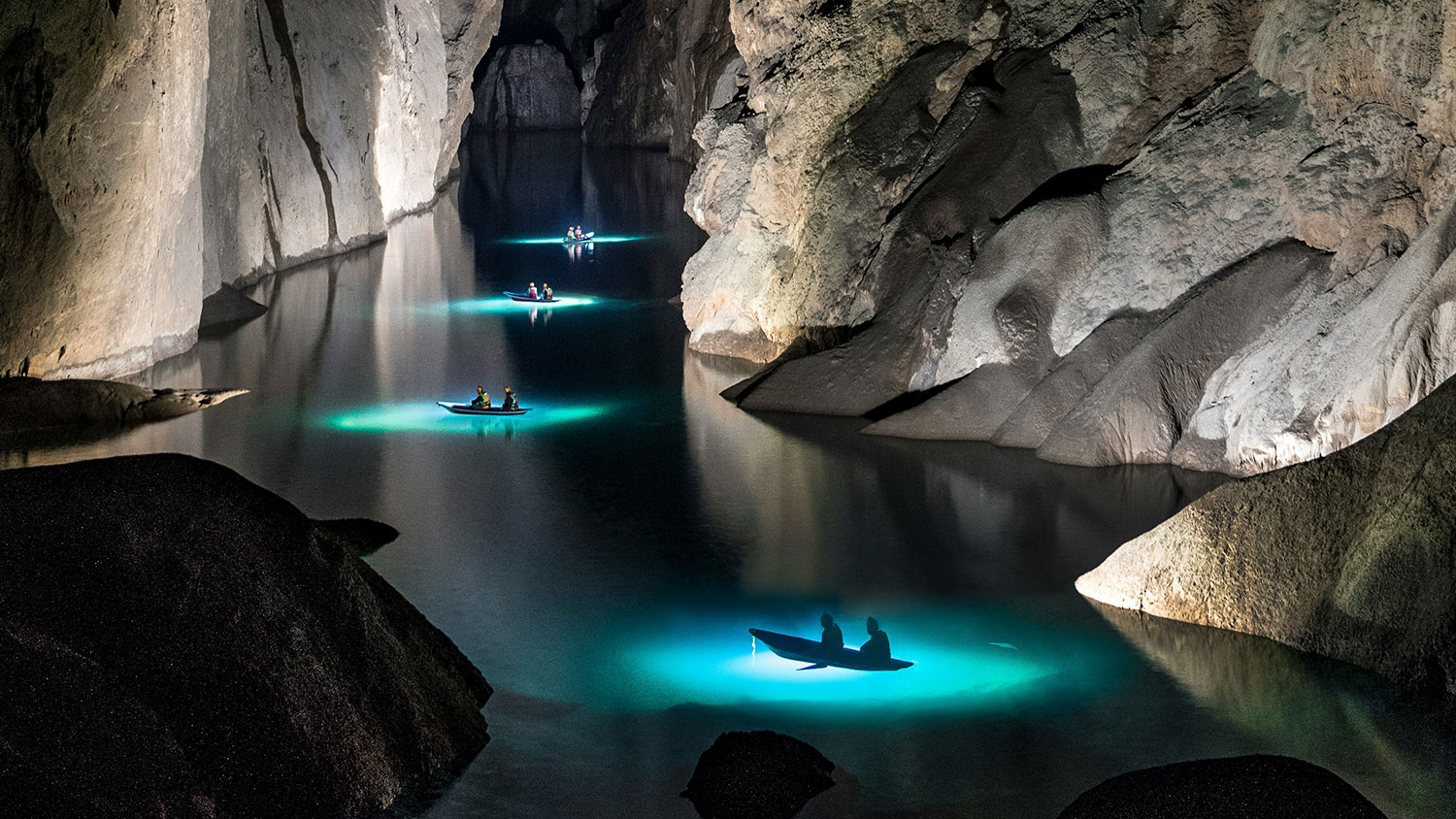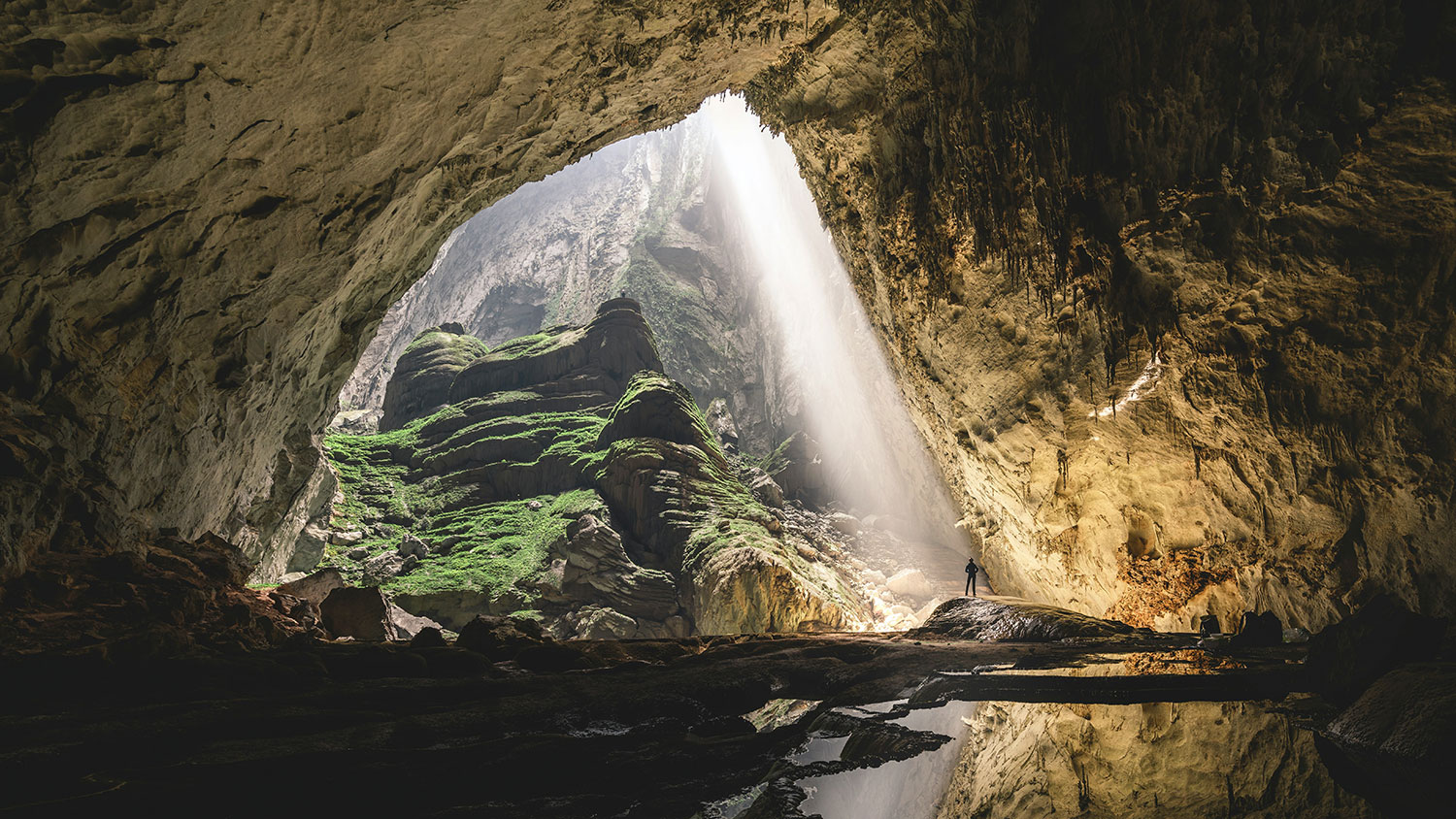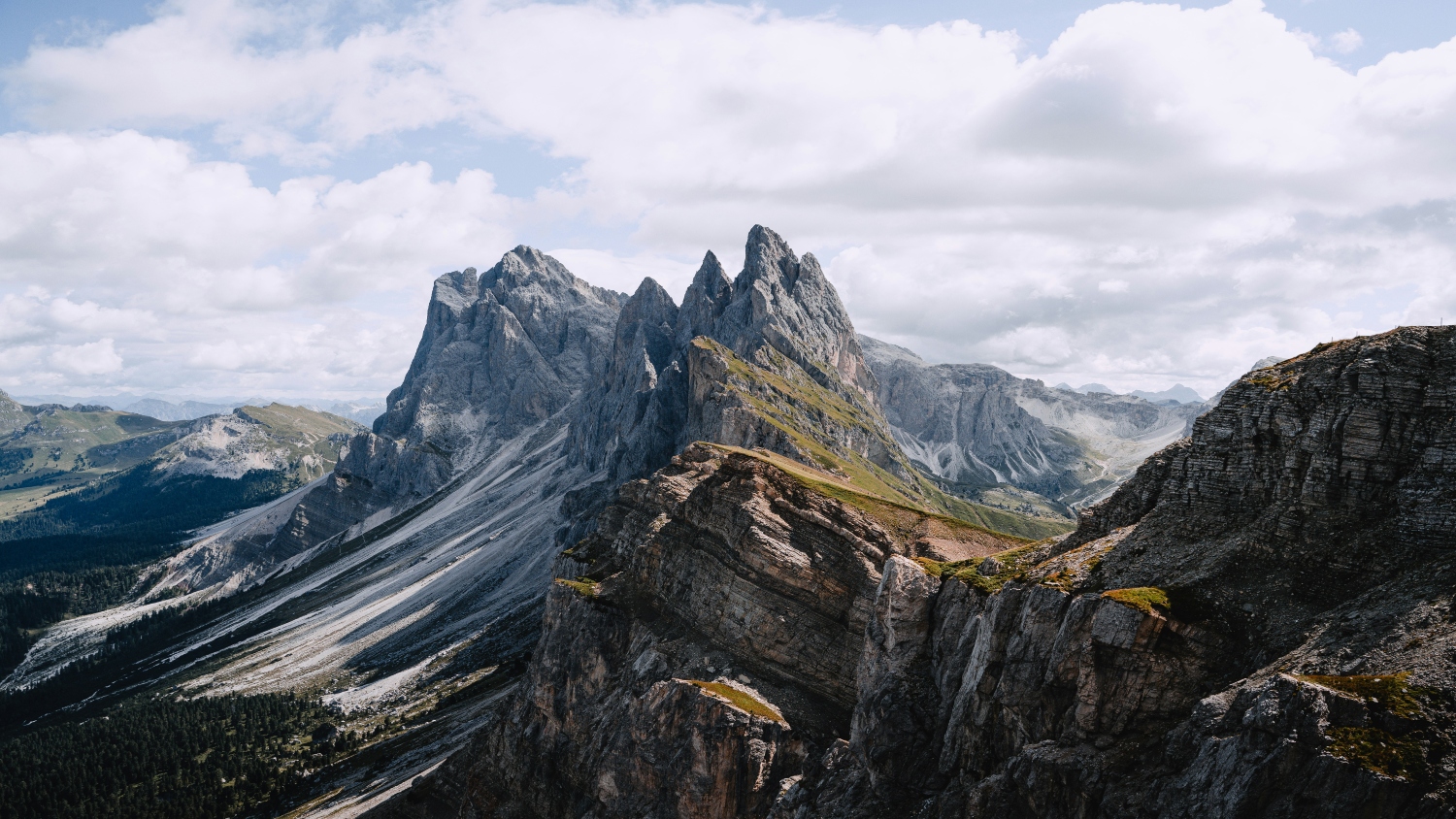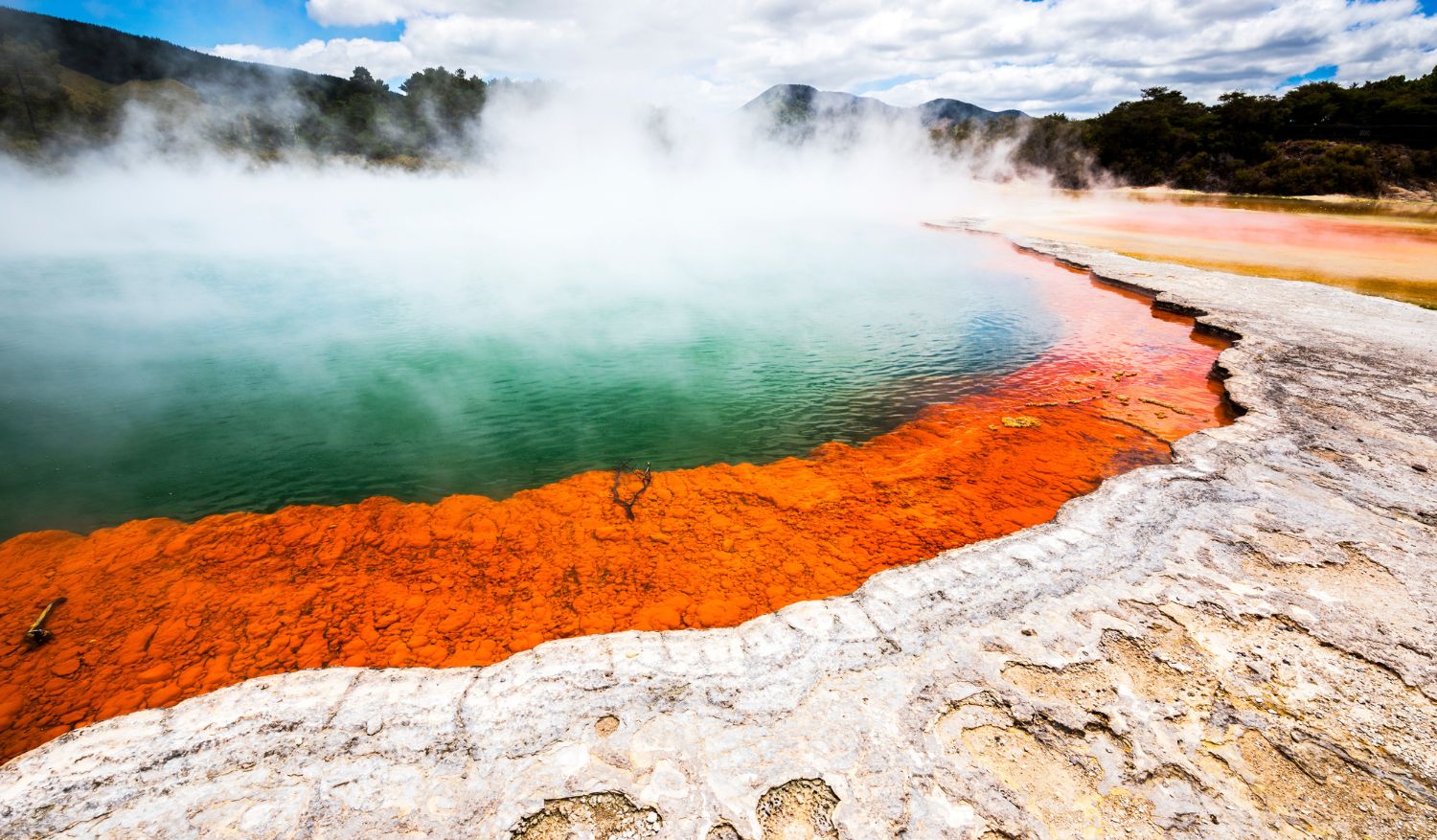Imagine being inside a cave big enough to fit a 40-storey New York skyscraper and 15,000 Olympic-sized swimming pools. In Hang Son Doong’s case, it isn’t just the size that makes it a fascinating natural masterpiece. The literal cave of wonders (and mystery) in Vietnam’s Quang Binh province is home to underground rivers, majestic formations of stalagmites, gaping dolines (skylights) that reveal a lush tropical jungle, ancient fossils and unique species of flora and fauna.
Located in UNESCO-listed Phong Nha-Ke Bang National Park, which alone has more than 404 other Vietnamese caves within its vicinity – including Hang En, the third largest cave – Hang Son Doong (or ‘Mountain River Cave’ in its native language) is so vast that it has its own weather system. Due to the different chambers combined with the underground rivers, clouds and mist tend to form and rise through the giant passages. As a result, visitors are treated to an extraordinary subterranean experience while creating various ecosystems for different forms of life.
Hang Son Doong also made headlines as it was only discovered in the 21st century. The cave is recorded to be 200m high, 175m wide and 9.4km long, with a total measured volume of 38.5 million cubic metres. In comparison, the previous record holder for the world’s largest cave was Malaysia’s Deer Cave, which was 9.5 million cubic metres in volume. For a cave that size, it was unimaginable to have only been discovered by local farmer Ho Khanh in 1990 while merely seeking shelter from a passing storm. Unfortunately, since it was a chance encounter, it took Ho Khanh another 18 years to find the entrance again. After a successful exploration, it was officially recognised in 2009.
The world-famous cave, with its mysterious underground river and depths, remains among the world’s top 10 places that have yet to be fully explored. However, what has been discovered is plenty and jaw-dropping enough for those fortunate to explore on expeditions or experience on tours.
There’s the 1.5km-long ‘Hope and Vision Passage’ where visitors can marvel at the world’s tallest stalagmite at 80m. Before arriving at that passage, one would have to cross the underground river, which is two rivers from Hang En and Hang Khe Ry converged into one. An even more unbelievable sight is the 600m lake, which the expedition team had named Passchendaele Passage. During rainy seasons, the passage would be filled with enough water to form a stunning jade-green lake, and tourists would have to cross it using rafts or boats.

Some of the most magical sights within Hang Son Doong are the sinkholes, also known as dolines. They are called such because parts of the cave’s ceilings collapsed to create giant skylights, allowing sunbeams to fall through. With time (and weather conditions), lush ecosystems develop. The scene looks like the perfect setting for a prehistoric jungle.
The ‘Great Wall of Vietnam’ is another highlight of Hang Son Doong. A natural masterpiece, many would be in awe looking up at the 90-meter-high calcite wall – until they’re told they have to climb the 50-foot ladder propped against it (with harness and carabiners, of course) to exit the cave.
Only one adventure tour company has been permitted to run expeditions for tourists to protect Han Son Doong from mass development. Oxalis has been taking adventurous travellers for their exclusive five-day expeditions since 2013, limiting to 10 customers per departure. The experience has been described as simply extraordinary, with activities including camping in Hang En’s entrance chamber and near sinkholes where travellers sleep under the stars and wake to sunbeams. People have also swam in the underground lake and river. It’s the adventure of a lifetime.
Featured image: Andrew Svk









